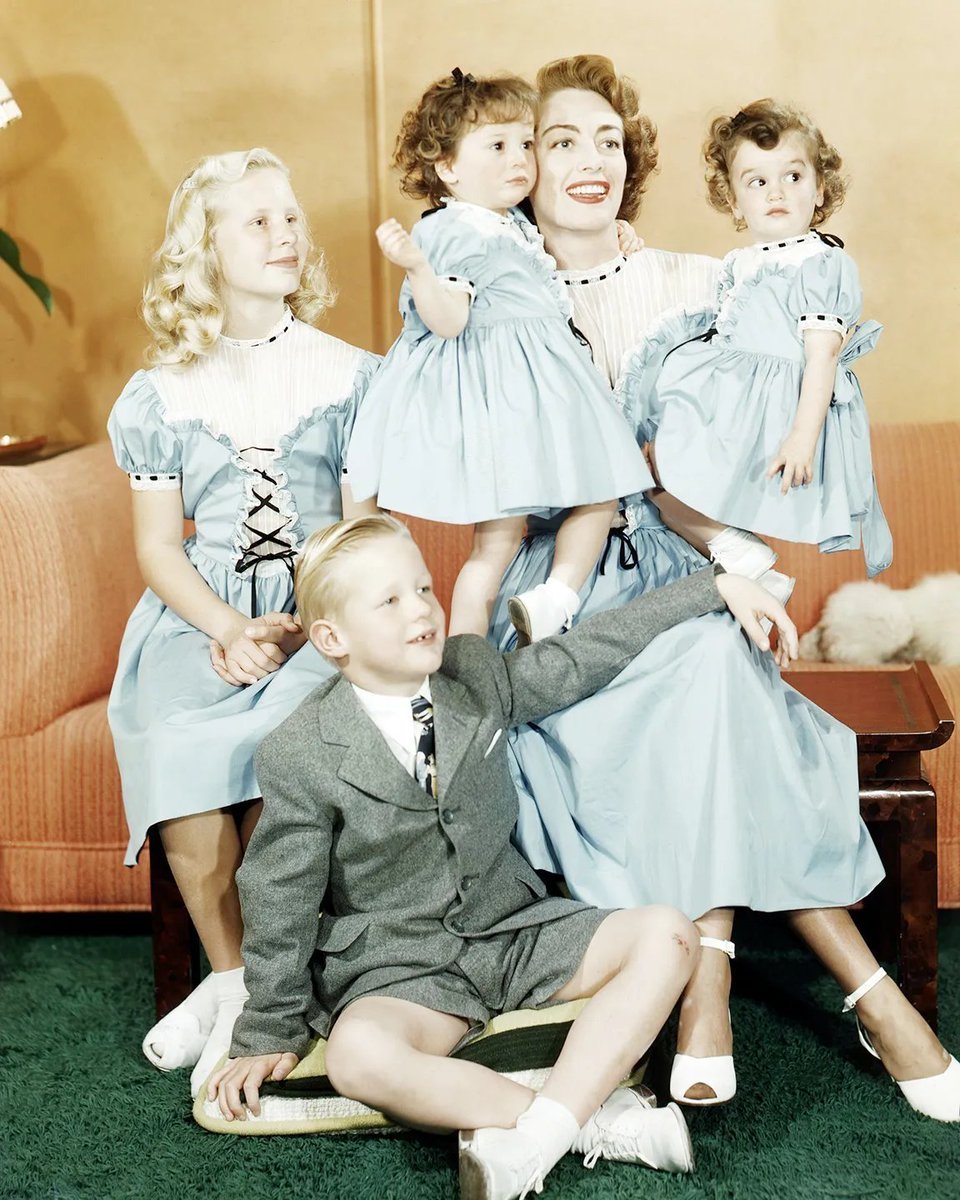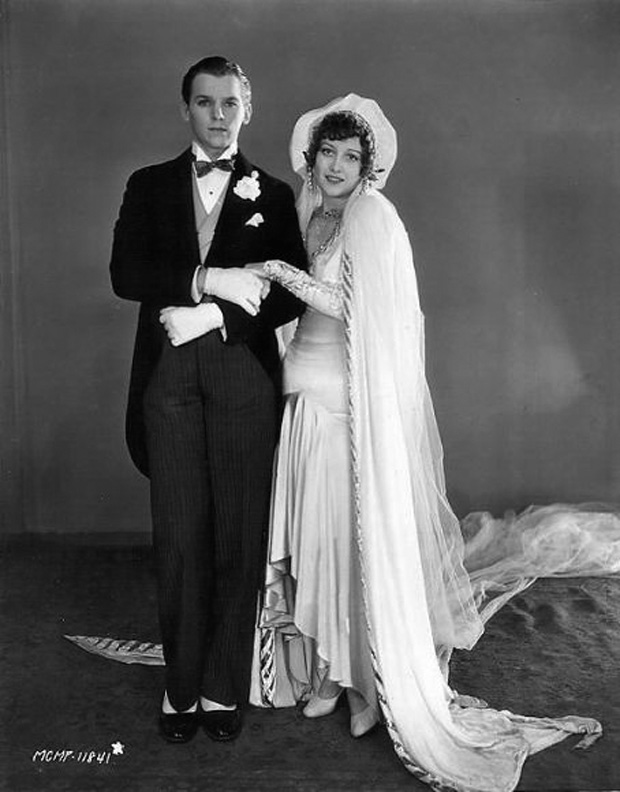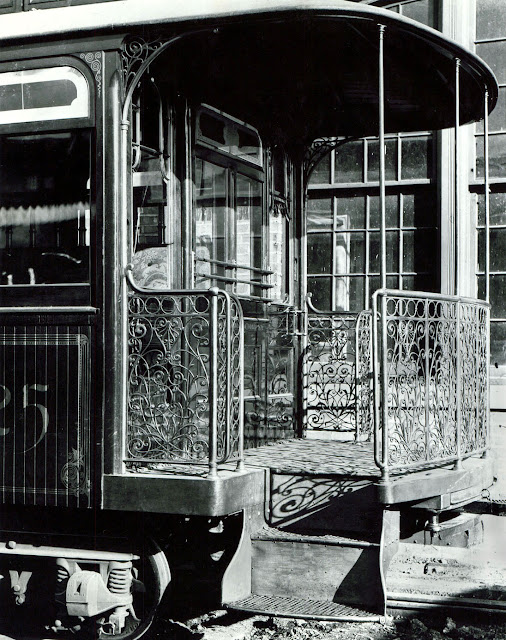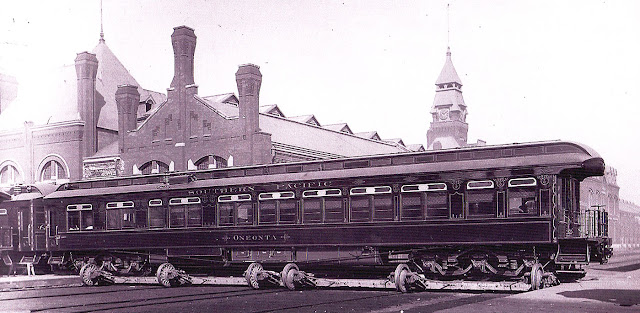The legend is, that because Joan Crawford had very broad shoulders, costume designer Gilbert Adrian decided to exaggerate them instead of trying to distract us with styling tricks & incidentally started the fashion for padded shoulders on women.
Joan was a gendercon!
#EGI



Joan was a gendercon!
#EGI




Broad, padded shoulders for women came into fashion in the 1930’s and lasted through the World War II years.
Butterick Fashion Flyer, April 1938.
Broad, padded shoulders for women & impossible hips.

Butterick Fashion Flyer, April 1938.
Broad, padded shoulders for women & impossible hips.


Joan Crawford in the 1947 film "Possessed"
Showing off the male gait.
Showing off the male gait.
Joan stars in the silent film,
"Our daughters Dancing" 1928
A cast of gendercons.
"Our daughters Dancing" 1928
A cast of gendercons.
Early photos of Joan Crawford 1920s
More photos of Joan Crawford in the 1920s
Joan Crawford adopted four children, Christopher, Cathy, Cynthia, and Christina.
She had several miscarriages apparently!
They fail to mention that men can't get pregnant!



She had several miscarriages apparently!
They fail to mention that men can't get pregnant!




@threadreaderapp unroll
Joan Crawford’s film career, from the 1925 to 1970.
P1
P1
Joan Crawford’s film career, from the 1925 to 1970.
P2
P2
Joan Crawford’s film career, from the 1925 to 1970.
P3
P3
• • •
Missing some Tweet in this thread? You can try to
force a refresh





























































